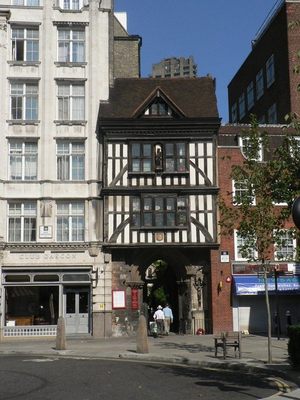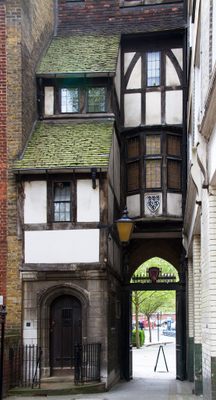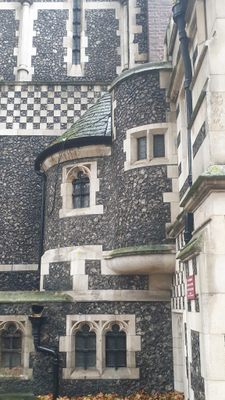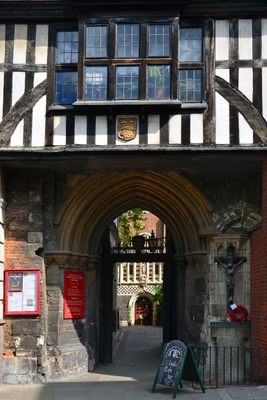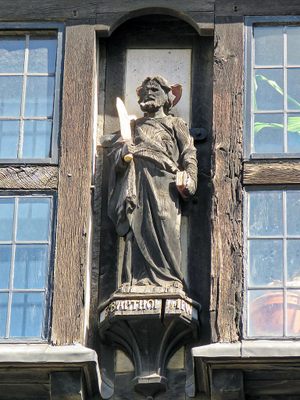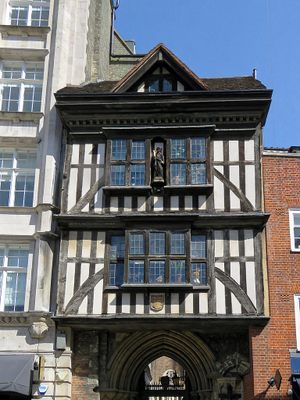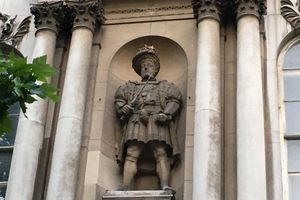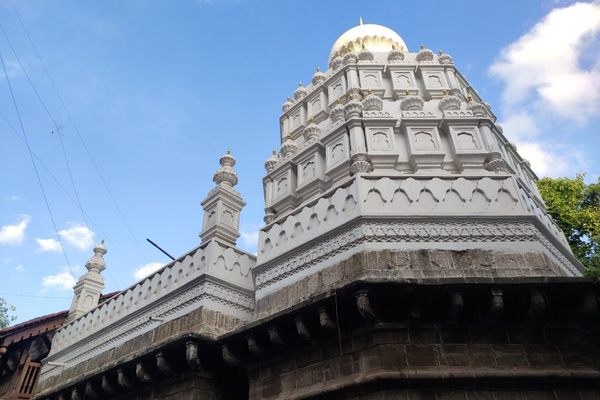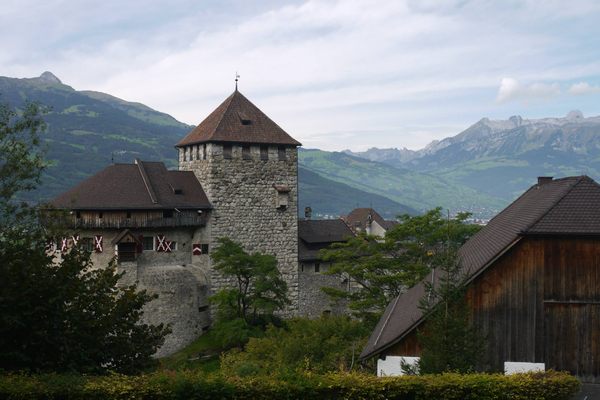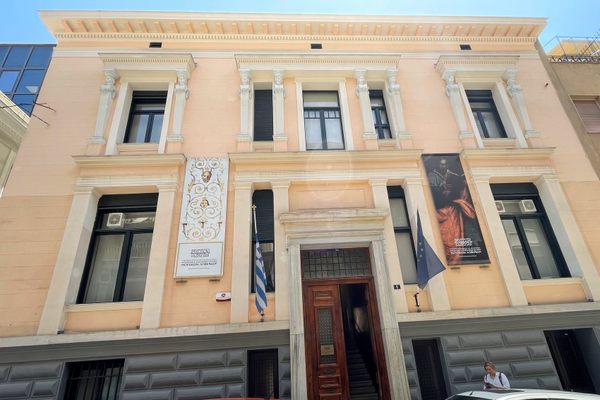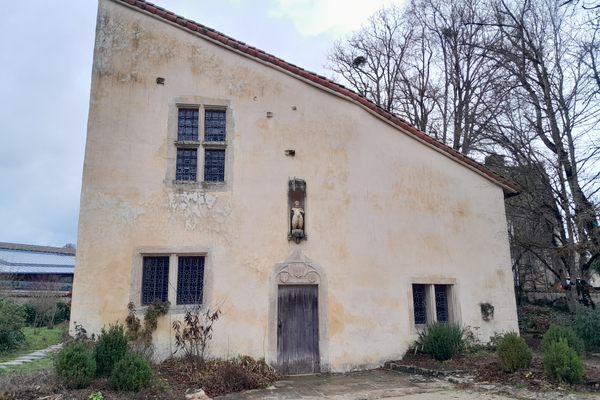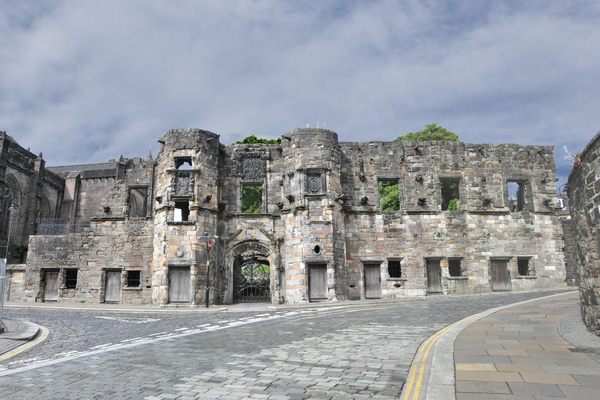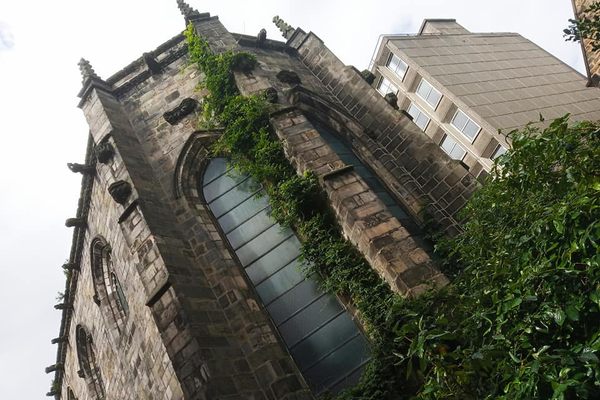About
Like many other European cities, London has suffered multiple calamities that have destroyed many of its buildings over the centuries. In particular, the Great Fire of 1666 razed many of London’s Tudor and medieval buildings, and bombings during World War I and II caused further damage to the cityscape. Hence, finding any building in London dating back to before 1666 is exceptional.
The gatehouse for St. Bartholomew’s-the-Great is one of these rare buildings. The gatehouse, consisting of a two-story timber frame building above a 13th-century stone arch, was built in 1595 by a resident named William Scudamore. The gatehouse once stood at the entrance of a church known as St Bartholomew-the-Great, founded in 1123. The church stood for centuries unchanged until the dissolution of the monasteries during the early 16th century when much of the original building was destroyed.
The gatehouse was almost destroyed during the Great Fire of 1666. However, the building was protected by the walls of an adjacent priory. Later, during the 18th century, someone built a Georgian façade over the gatehouse, and the building was then used as a shop. This façade might have protected the Tudor building when, in 1916, a bomb from a German Zeppelin exploded in front of the building, damaging the Georgian shopfront and revealing the original Tudor structure behind it.
Once people could see the original wood-framed building, they knew it was special. Following WWI, the building underwent extensive restoration work that was completed in 1932. Today, the gatehouse is a Grade-II listed building, recognized by London historians and tour guides as one of London’s notable survivors from the Tudor era.
Related Tags
Know Before You Go
St. Bartholomew’s Gatehouse is located on a circular road named “West Smithfield” very close to St. Bartholomew’s Hospital (as well as the William Wallace Memorial and the Henry VIII Gatehouse Statue).
The building is not open to the public but can be admired from the outside, and it is possible to walk through the building to visit the church behind it (which is still a functioning place of worship but is free to visit).
The area can easily be reached by the Transport for London bus network or by the Underground; the Farringdon, Barbican, and St. Paul’s stations are all nearby. While driving is not recommended, it is also possible to park nearby.
Published
March 25, 2024
Sources
- https://www.greatstbarts.com/visiting-us/the-building-2/
- https://historicengland.org.uk/listing/the-list/list-entry/1358892
- https://memoirsofametrogirl.com/2015/08/10/st-bartholomews-gatehouse-history-smithfield-16th-century-london/
- https://www.historic-uk.com/HistoryMagazine/DestinationsUK/St-Bartholomews-Gatehouse/
